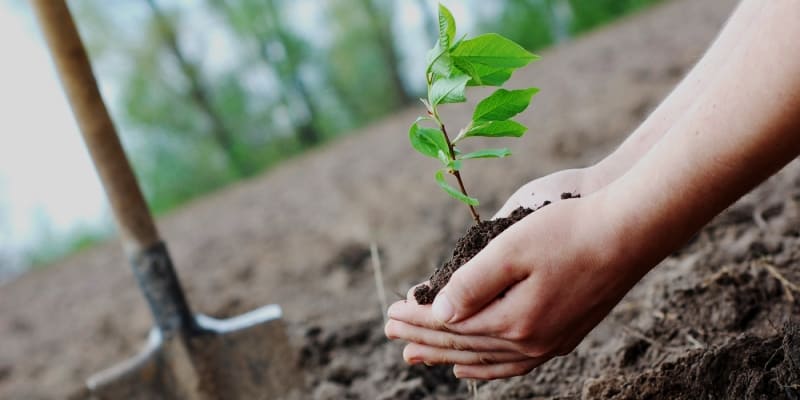Unexpected Afforestation May Have an Adverse Environmental Impact
By Adnan Mahfuz Tazvir
Afforestation is always encouraged as an effective solution to global climate change. Climate scientists believe that planting trees is the best and least costly way, along with the idea of planting more trees and saving the environment.
However, two new studies have reversed this notion. Two studies have shown that planting trees at a higher rate rather than benefiting the environment does the opposite. This information has come up in a report on BBC Online.
Over the years, the idea of planting trees as a solution to climate change has become more acceptable. Its impact is considered to be much higher at a low cost. Previous studies have shown that trees can absorb and store large amounts of carbon.
So many countries have established afforestation campaigns as a core activity of their plans to combat climate change. In the UK, as in last year’s general election campaign, political parties have promised to plant more trees.
Even US President Donald Trump is standing in the back row of the Trillion Tree Campaign.
Even the US Congress introduced legislation to support this idea. Another big tree planting initiative is the ‘Forest Challenge’.
Under this program, all countries are urged to recover 350 million hectares of degraded and deforested land by 2030. So far, about 40 countries have supported the idea.
But scientists are now warning people not to rush into new afforestation. Many studies have shown that the best way to prevent climate change disasters is to plant many trees around the world.
A study by the Swiss Federal Institute of Technology (ETH Zurich) in Zurich, Switzerland, published in the science journal ‘Science’ in February this year, said planting at least one lakh crore trees would reduce toxins in the air.
Our atmosphere will be the same as it was 100 years ago. Research has shown that only planting trees will save lives.
However, this new study does not seem to be the best way.
Eighty percent of the Forest Challenge’s commitment is to plant trees extensively. That is to say, planting some fruit trees of few species. These trees bear fruit. Rubber is also produced.
The authors of a new study are closely monitoring the financial benefits of private landowners for planting trees. This economic advantage is seen as the key to significantly increasing the number of trees. The author of the study was Professor Eric Lambin of Stanford University. The study gives examples of Chile.
A law to subsidize planting in the Latin American country was in force from 1978 to 2012. It was widely accepted as an influential forestry policy worldwide.
Under Chilean law, the government pays 75 percent of the cost of planting new forests.
Of course, it was said that the existing forests should not be planted with new groves. However, due to laxity in law enforcement and budget constraints, some landowners started planting trees that would be financially viable in place of native forests.
Researchers have found that the number of trees planted by the subsidy projects, the forest didn’t grow in that quantity. On the contrary, the area of native forests has decreased at a significant rate.
Researchers say that the forests that existed locally in Chile were rich in biodiversity and had the potential to store large amounts of carbon.
Instead, the grant project failed to increase carbon conservation and accelerated the loss of biodiversity.
Eric Lambin said that if policies to encourage afforestation are poorly designed and not properly implemented, there is a risk of not only wasting public money but reducing carbon conservation, and losing biodiversity. The goal of these policies will be just the opposite.
Another study looked at how much carbon a newly planted forest is capable of absorbing from the atmosphere. So far, scientists think, trees can absorb a certain amount of carbon from the air.
The researchers speculated that this specific ratio varies from region to region.
Researchers continued to observe the northern part of China. To reduce dust from the Gobi Desert due to climate change, the Chinese government has undertaken intensive tree-planting programs. From there, scientists tested 11,000 soil samples.
He can see that in soils where the amount of carbon is low, organic carbon concentration has increased as a result of planting new trees. However, where the soil is already rich in coal, the planting of new trees has reduced this density. So researchers have concluded that planting new trees increases organic carbon, perhaps a little exaggerated.
“The practice of afforestation is not the ultimate solution,” said Anping Chang, a professor at Colorado State University who authored the study. Afforestation involves many technical details and balances in different parts.
It can’t solve all our climate problems. “
Source: Green Page Bangla



